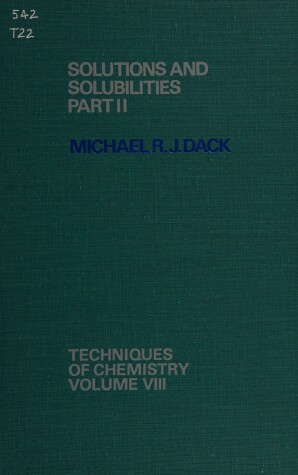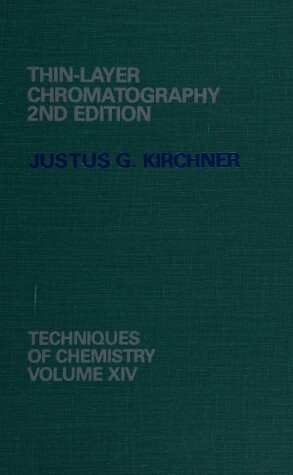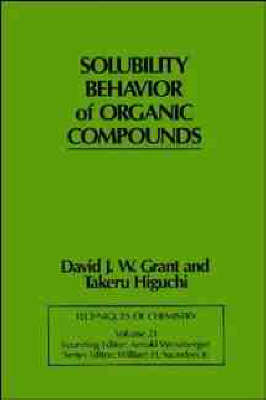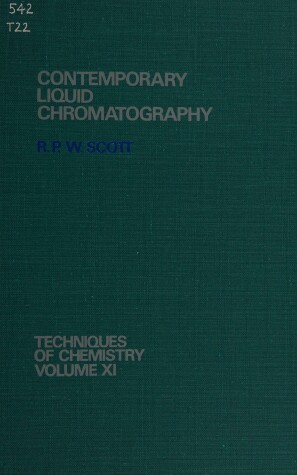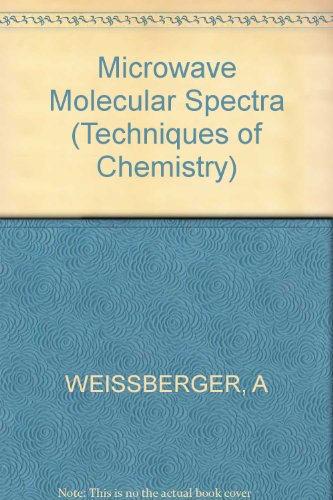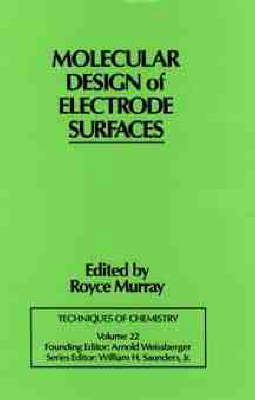Techniques of Chemistry
8 total works
Vol 8
Vol 14
Vol 16
Separations by Centrifugal Phenomena
by Arnold Weissberger and Hsien-Wen Hsu
vol 21
Solubility Behaviour of Organic Compounds
by Arnold Weissberger and William H. Saunders
Vol 11
Vol 19
Volume One presents general laboratory techniques common to many of the specific physical methods that are detailed in subsequent volumes. An excellent new work that also serves as a resource of information on a spectrum of components, tools, and techniques that are often used but rarely treated comprehensively in one book. 1986 (0 471-08034-9) 834 pp. Volume Two: Electrochemical Methods, Second Edition Edited by Bryant W. Rossiter and John F. Hamilton Volume Two presents a thorough, up-to-date survey of the applications of electrometric methods in chemical systems. Following an introductory chapter on electrochemical theory common to all electroanalytical methods, it provides information on the latest techniques, especially those with broad applications, including polarography. 1986 (0 471-08027-6) 904 pp.
Vol 18
